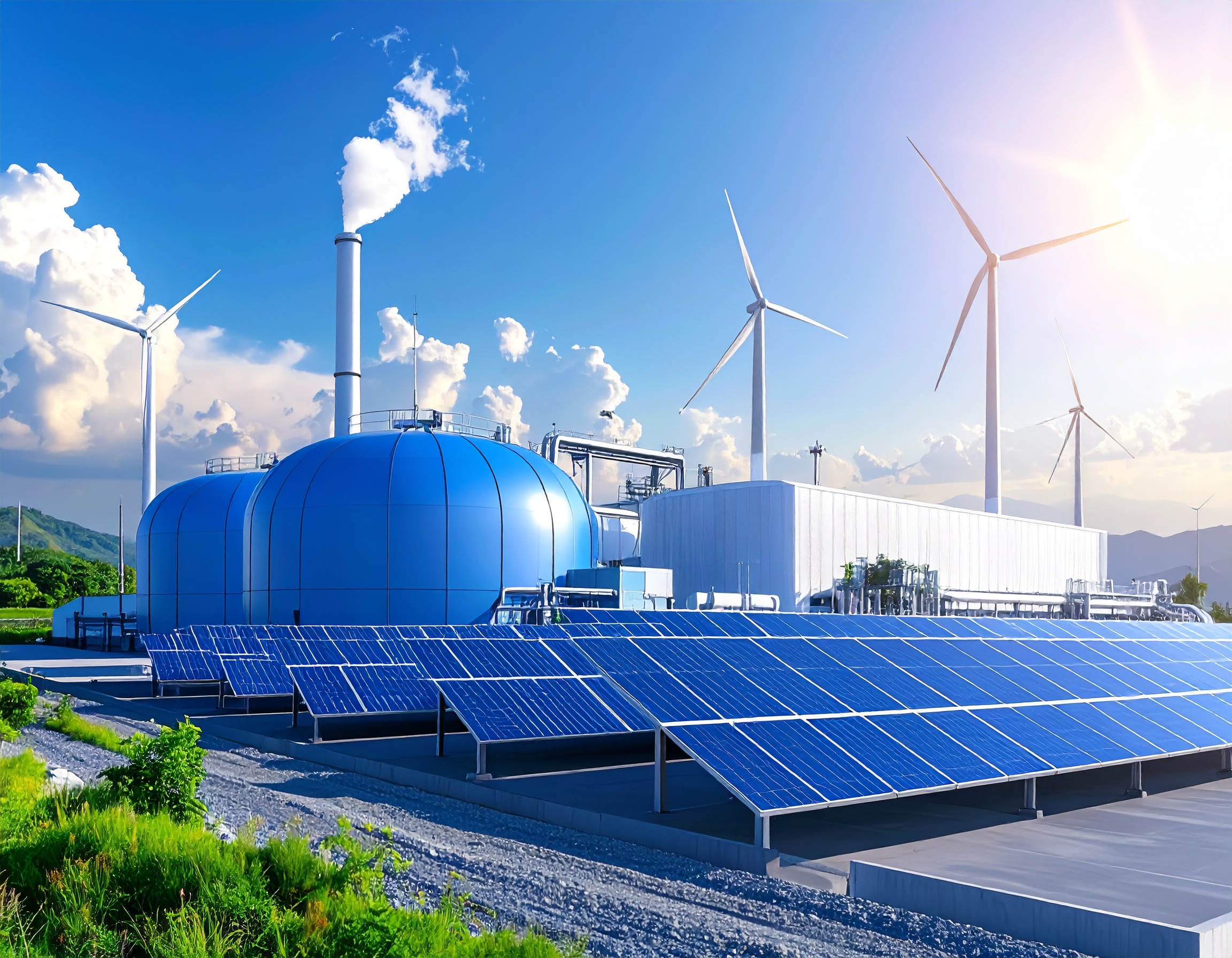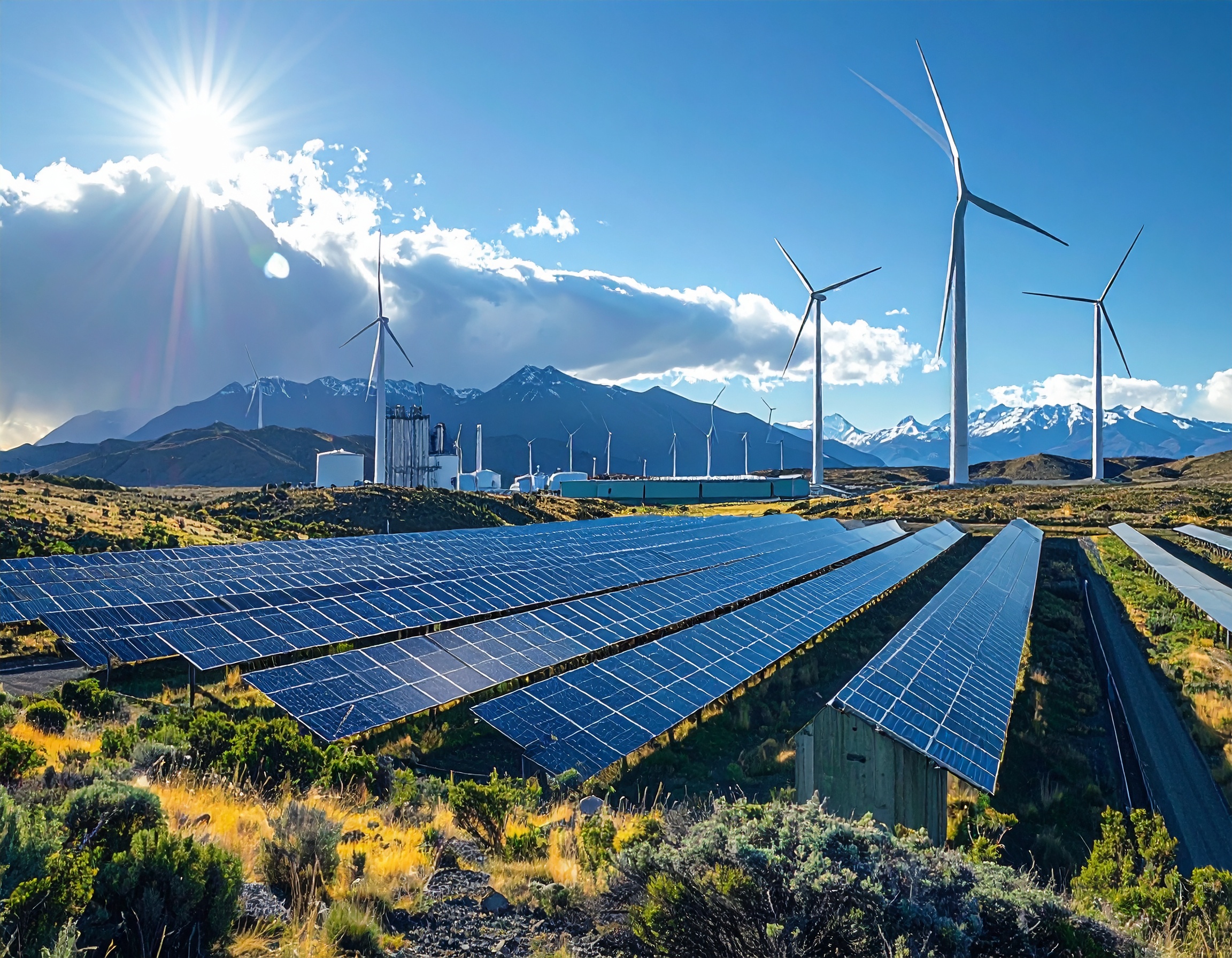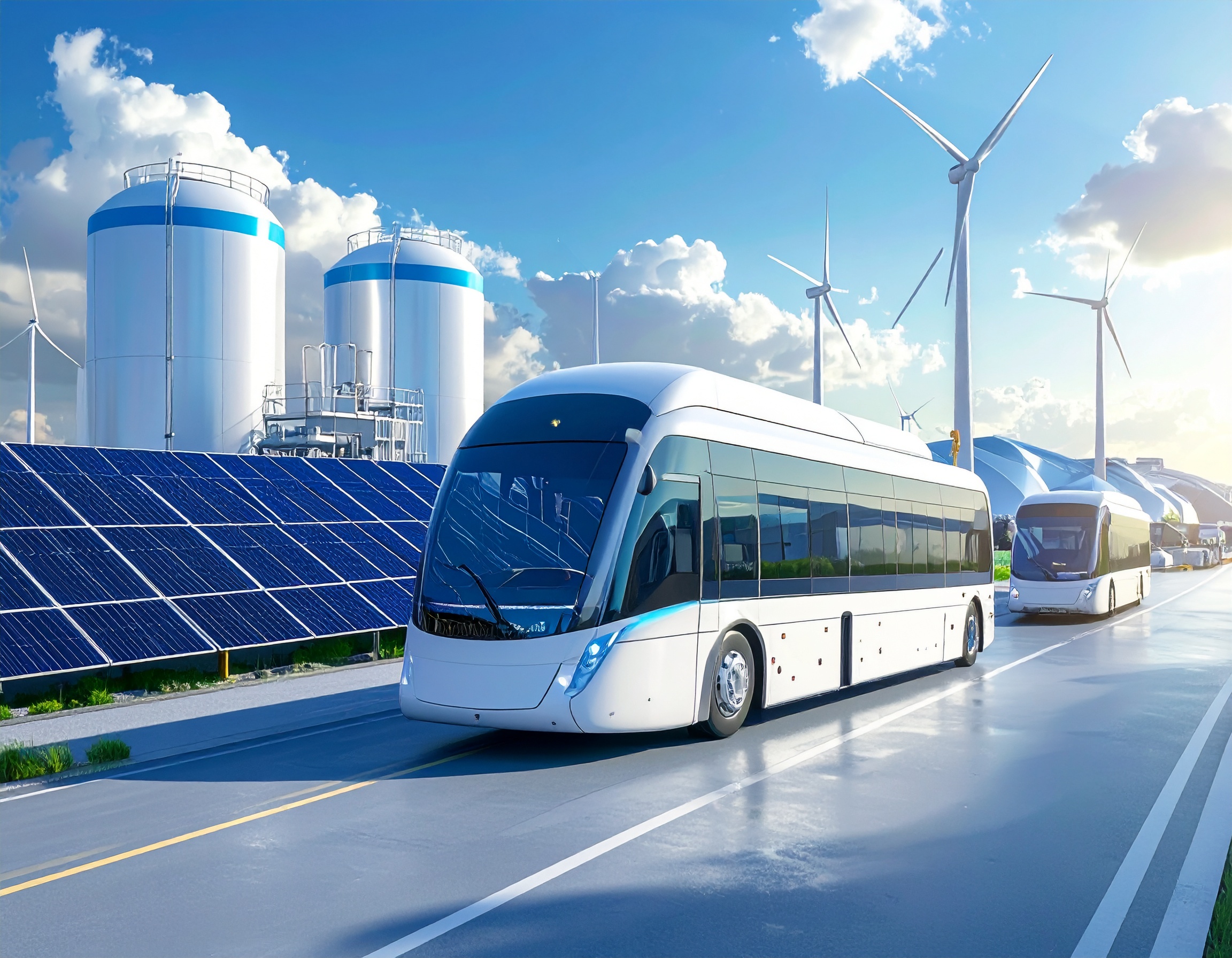India Poised to Capture 10% of Global Green Hydrogen Market by 2030

India is rapidly emerging as a global leader in green hydrogen production, set to command 10% of the world’s green hydrogen demand by 2030, said Shri Shripad Y. Naik, Union Minister of State for New and Renewable Energy & Power, at the 3rd International Conference on Green Hydrogen (ICGH 2025) held at Bharat Mandapam, New Delhi.
Highlighting India’s bold energy transition, Shri Naik emphasized that the country’s drive toward 500 GW of non-fossil-fuel capacity by 2030 and net-zero emissions by 2070 is powered by a strong renewable base of nearly 260 GW, led by solar and wind energy. “This renewable strength now enables India to take the next decisive step: the Green Hydrogen Revolution,” he said. “Clean hydrogen will decarbonize industry, fuel transport, and create opportunities for global trade.”
With a projected 20–40% annual growth rate over the next decade, India’s green hydrogen market is poised to become both a leading producer and exporter of hydrogen and its derivatives, including green ammonia and methanol. By leveraging abundant renewable energy, strategic geography, and robust policies, India is not just participating in the global hydrogen transition—it is leading it. Shri Naik called on industry players to scale up electrolyser manufacturing, accelerate project execution, and establish hydrogen hubs and industrial clusters to anchor local economies.
The National Green Hydrogen Mission (NGHM), launched in January 2023, has rapidly moved from vision to action. Incentive schemes worth ₹17,000 crore are supporting domestic hydrogen production and electrolyser manufacturing. Projects awarded include 3,000 MW per year of electrolyser capacity and 8.62 lakh metric tonnes per year of green hydrogen production. The Solar Energy Corporation of India (SECI) has discovered globally competitive pricing for green ammonia supply to fertiliser units, while additional projects supply hydrogen to IOCL, BPCL, and HPCL refineries.
Dr Jitendra Singh, Union Minister of State for Science and Technology, underlined that India’s approach to green hydrogen exemplifies a “whole-of-government, whole-of-nation” strategy, integrating research, industry, and innovation across ministries. “Collaboration between academia, innovators, and industry is driving market-ready solutions, positioning India as a self-reliant and globally competitive hydrogen economy,” he said.
Shri Akash Tripathi, Managing Director of SECI, noted that India’s transparent policies and globally competitive pricing are strengthening investor confidence and accelerating industrial adoption. Shri Abhay Bakre, Mission Director of the National Green Hydrogen Mission, emphasized that India has quickly emerged as one of the fastest-growing green hydrogen ecosystems globally.
The ICGH 2025 has become a key platform for policymakers, scientists, and industry leaders to discuss technological advancements, policy frameworks, and international partnerships shaping the future of green hydrogen. Breakout sessions and plenary discussions are driving collaboration, innovation, and strategies to accelerate India’s transition toward a clean, sustainable, and globally influential hydrogen economy.
India’s journey demonstrates that with strong renewable energy, forward-looking policies, and collaborative innovation, it is possible to transform ambition into reality—positioning the nation as a global green hydrogen hub while fostering economic growth, environmental sustainability, and industrial competitiveness.

